Turtle Wax Hybrid Solutions Ceramic Spray Wax Coating -16 fl oz
The Turtle Wax Hybrid Solutions line is designed by â and for â the industryâs most discerning detailers. Yet this cleverly-crafted, professional-grade, suite of products is the most approachable on the market from an ease-of-use and price perspective. With the perfect blend of the latest technologies in car care, teamed with Turtle Waxâs decades of experience, Hybrid Solutions is to deliver unmatched results. Not only will cars treated with Hybrid Solutions have a high-gloss shine and durable protection for todayâs finishes, but theyâll be ready to hit the road for any unexpected adventure.
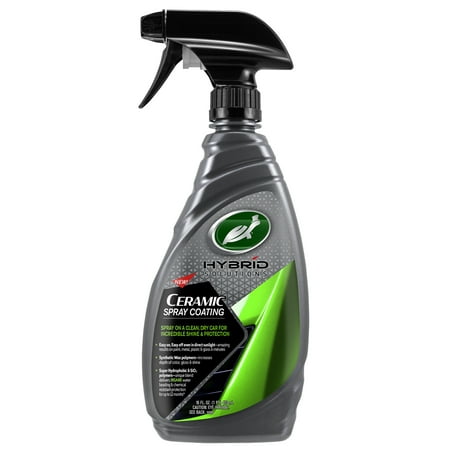
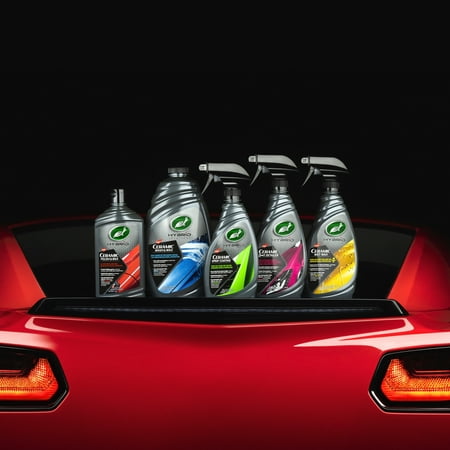

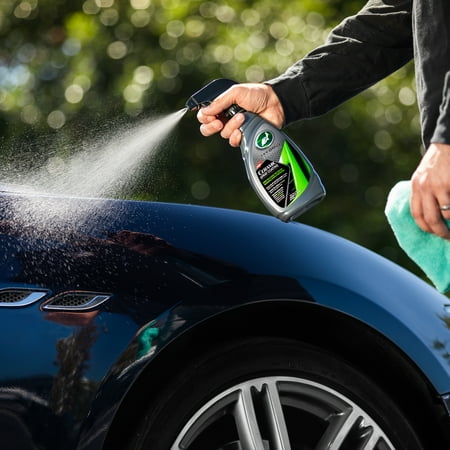
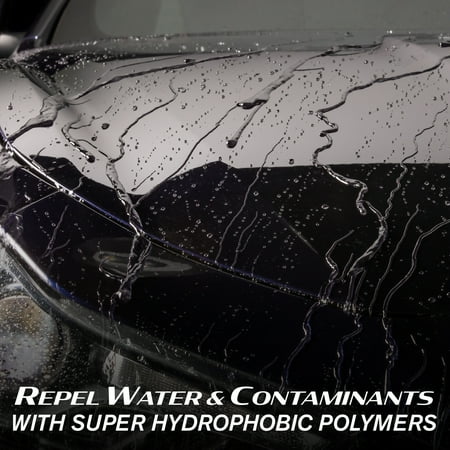


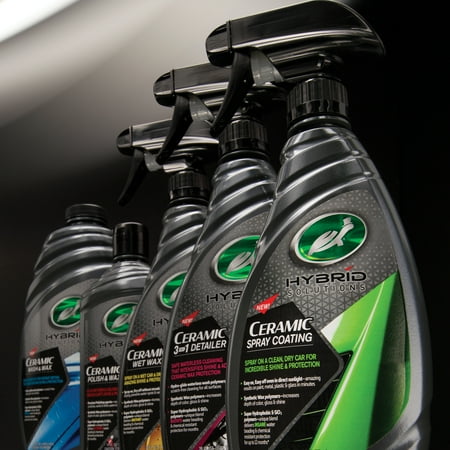
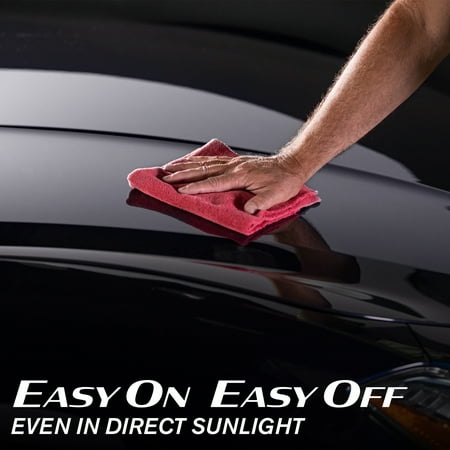
Turtle Wax Hybrid Solutions Ceramic Spray Wax Coating -16 Fl Oz:KEEPS YOUR VEHICLE CLEANER LONGER: Super hydrophobic and SiO2 polymers deliver insane water repelling, water sheeting, and chemical resistant protection that can last up to 12 months! Reduces water spots and contaminant deposits, making in between washing and drying a breeze.EASY ON EASY OFF: Simply spray on a clean dry car. Spread and remove with a folded microfiber cloth. Less is more with this high active formula! A light mist of 1 to 2 sprays per panel gets the job done. Can be used in direct sunlight.SHINE: Adds a brilliant mirror like shine that enhances the depth of color and finish.SIGNATURE SCENT: Hybrid Solutions collection features a sweet fruity fragrance that is a delight to the senses.Can be used on all exterior surfaces including glass, headlights, trim and wheels. Not recommended for soft side convertible tops.




Reviews
There are no reviews yet.